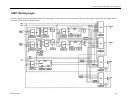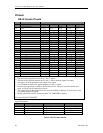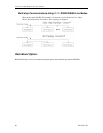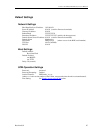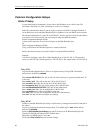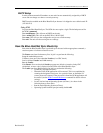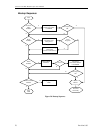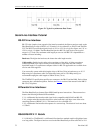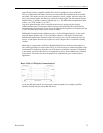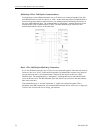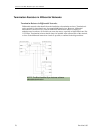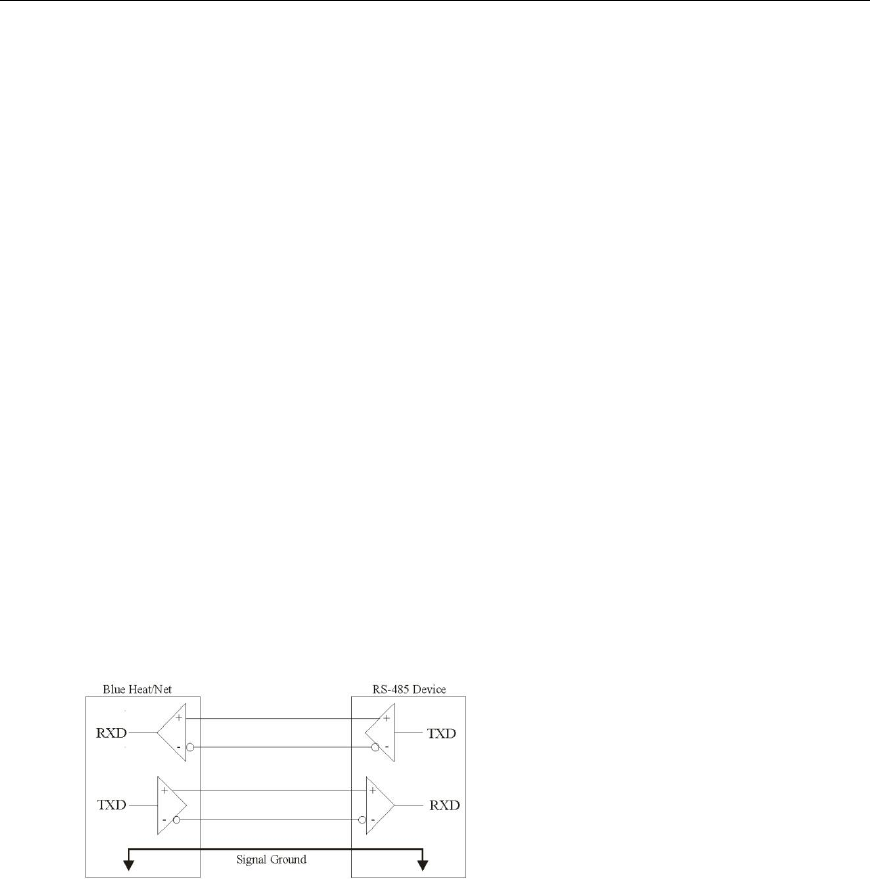
Connect Tech Blue Heat/Net Sync User Manual
Revision 0.01 73 73
mode RS-485 is fully compatible with RS-422; which is considered a subset of RS-485.
The use of differential transmitters and receivers ensures RS-485 communications are reliable
and robust. This means two wires are used to transmit or receive a signal. One wire carries the
true or non-inverted signal; the other wire carries the inverted signal. The non-inverted signal is
labelled with a (+) and the inverted is labelled with a (-). The differential communication refers
to the (+) as “TXB” and the (-) as “TXA”.
Any noise injected into the wires is cancelled at the receiver, leaving only the original,
undistorted data signal. Twisted pair cables are always used in RS-485, this ensures that the
communications are robust and as error free as possible. RS-485 signal levels are between 0 and
5 Volts, the differential voltage can be as little as 200mV.
Differential can operate in three different modes: a 4-wire full duplex interface, 4-wire multi-
drop full duplex interface and a 2-wire half duplex interface. A full duplex (bi-directional)
differential communication interface requires at least four wires, two for transmit and two for
receive. A half duplex interface only requires two wires, this provides a cost effective cabling
solution.
Multi-drop is a great feature of RS-485. Multiple RS-485 devices can be bussed together in a
daisy chain type fashion to create a network. Up to 32 devices may be connected together on the
same network. In multi-drop networks, one of the devices (usually the computer) is designated
as the master, and all the other devices are designated as slaves. All communication is initiated
by the master. The master and slave designations are established by your communications
application.
Basic 4-Wire, Full Duplex Communications:
In a 4-wire RS-485 network, two devices are connected together, for example your Blue
Heat/Net Sync RS-485 port and an RS-485 device.



